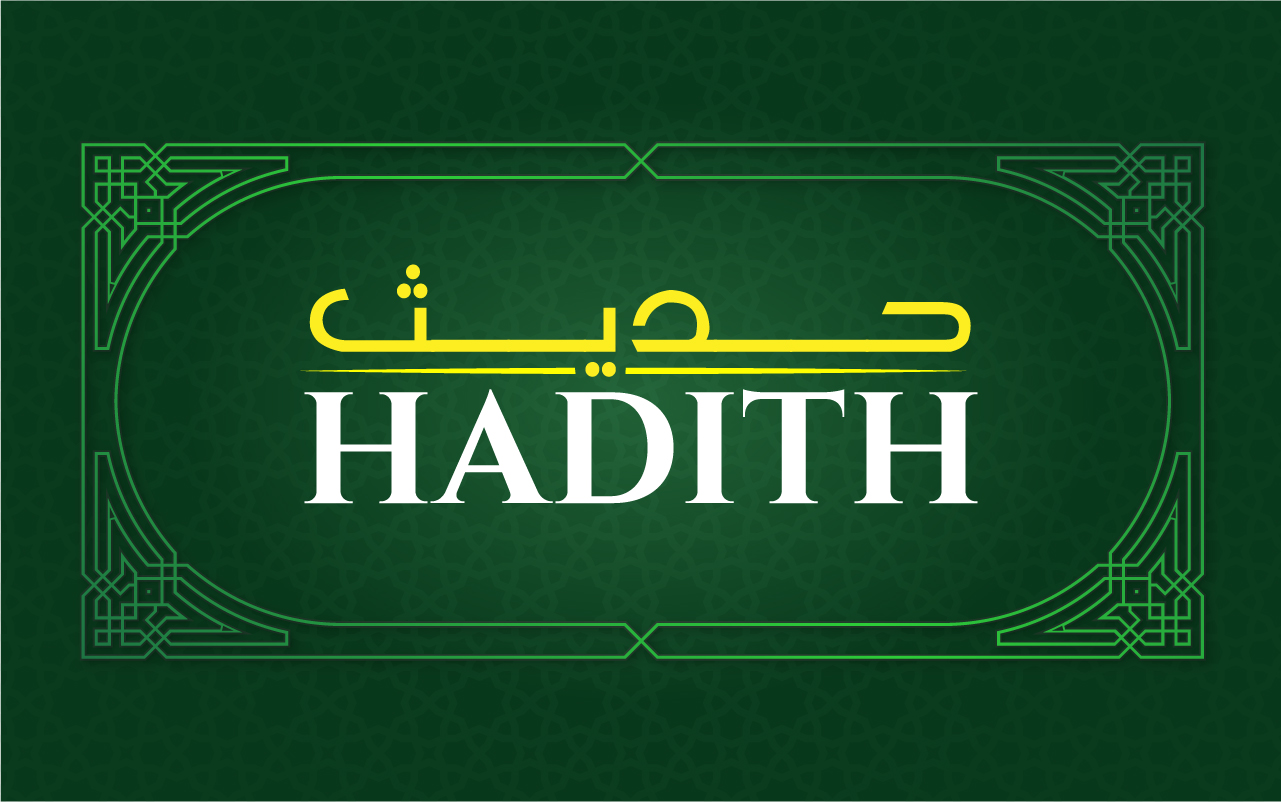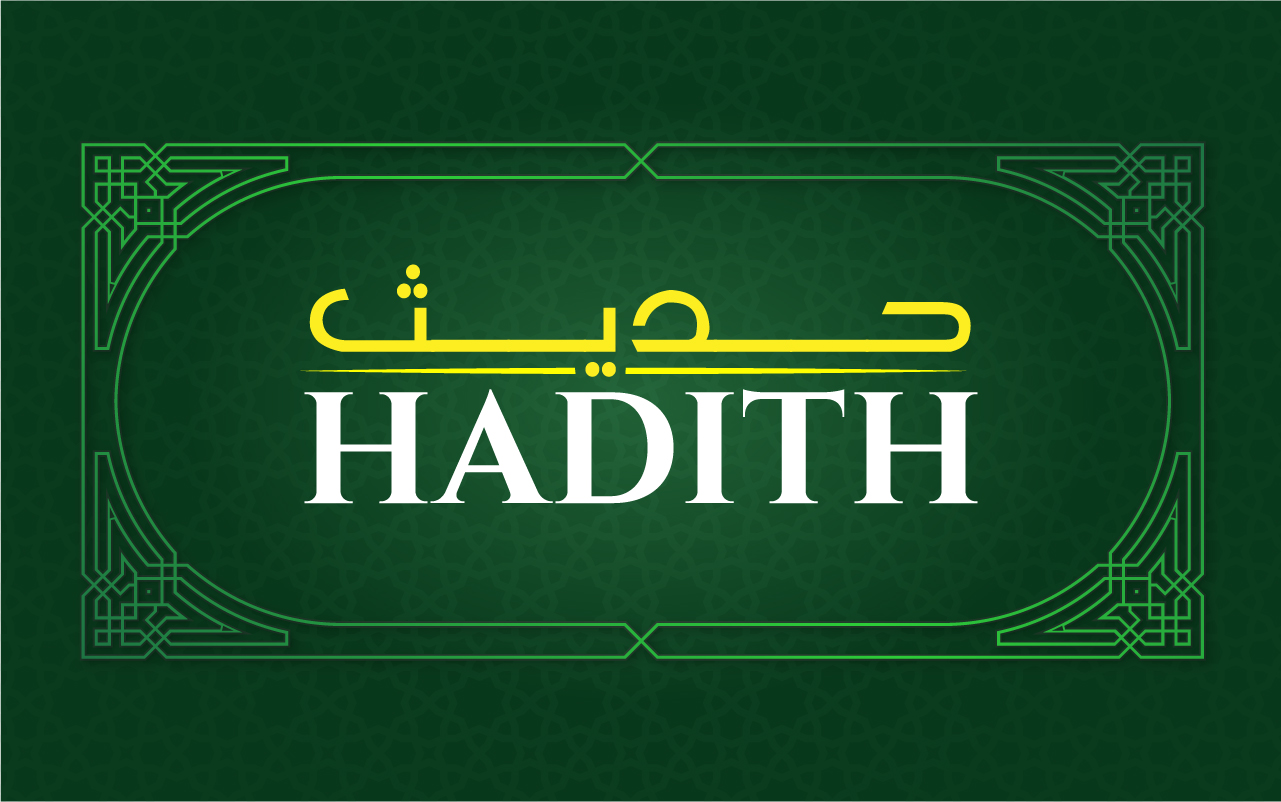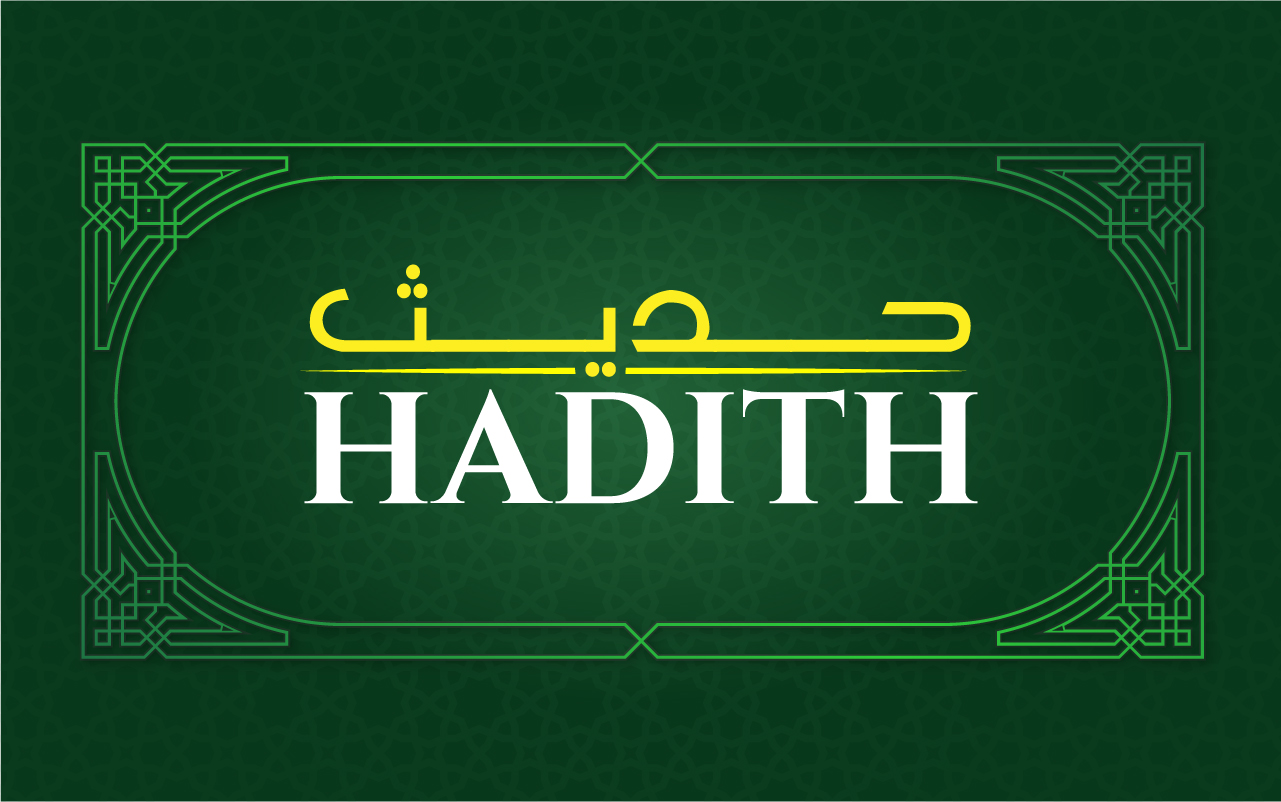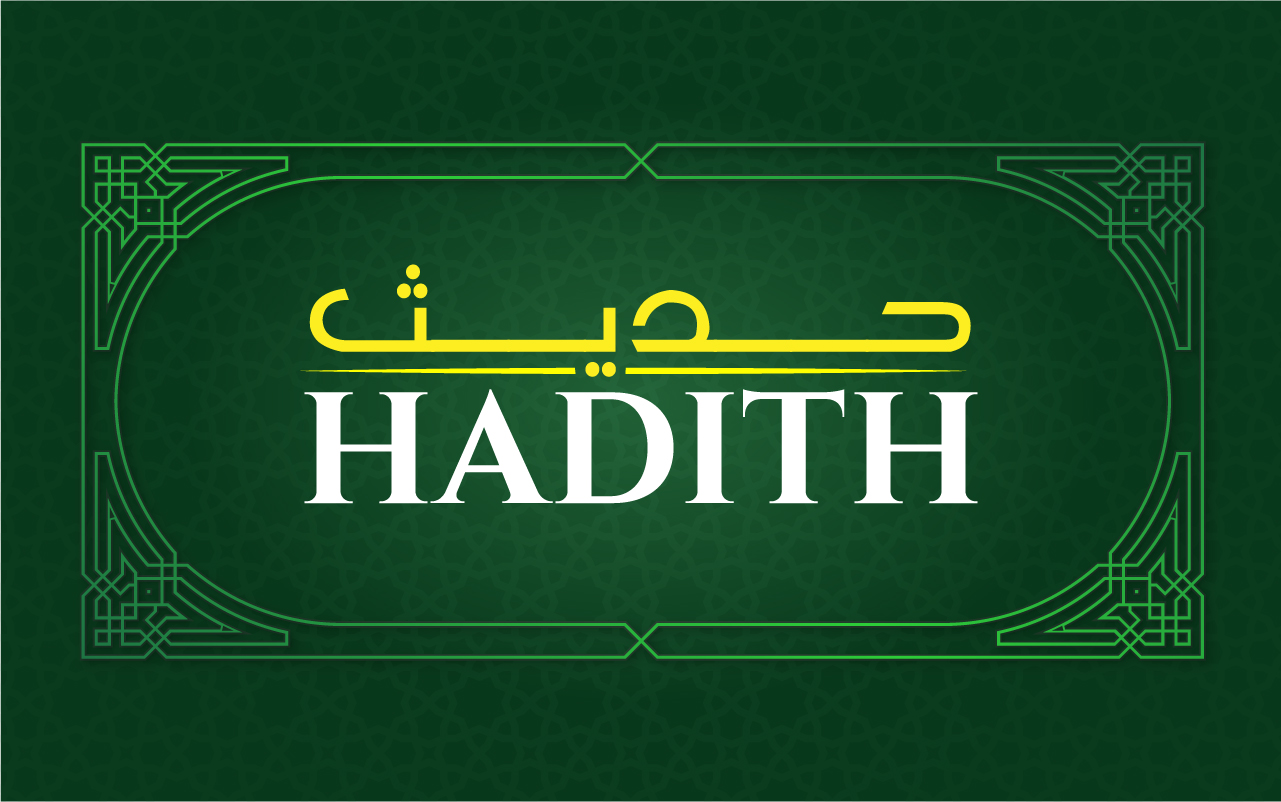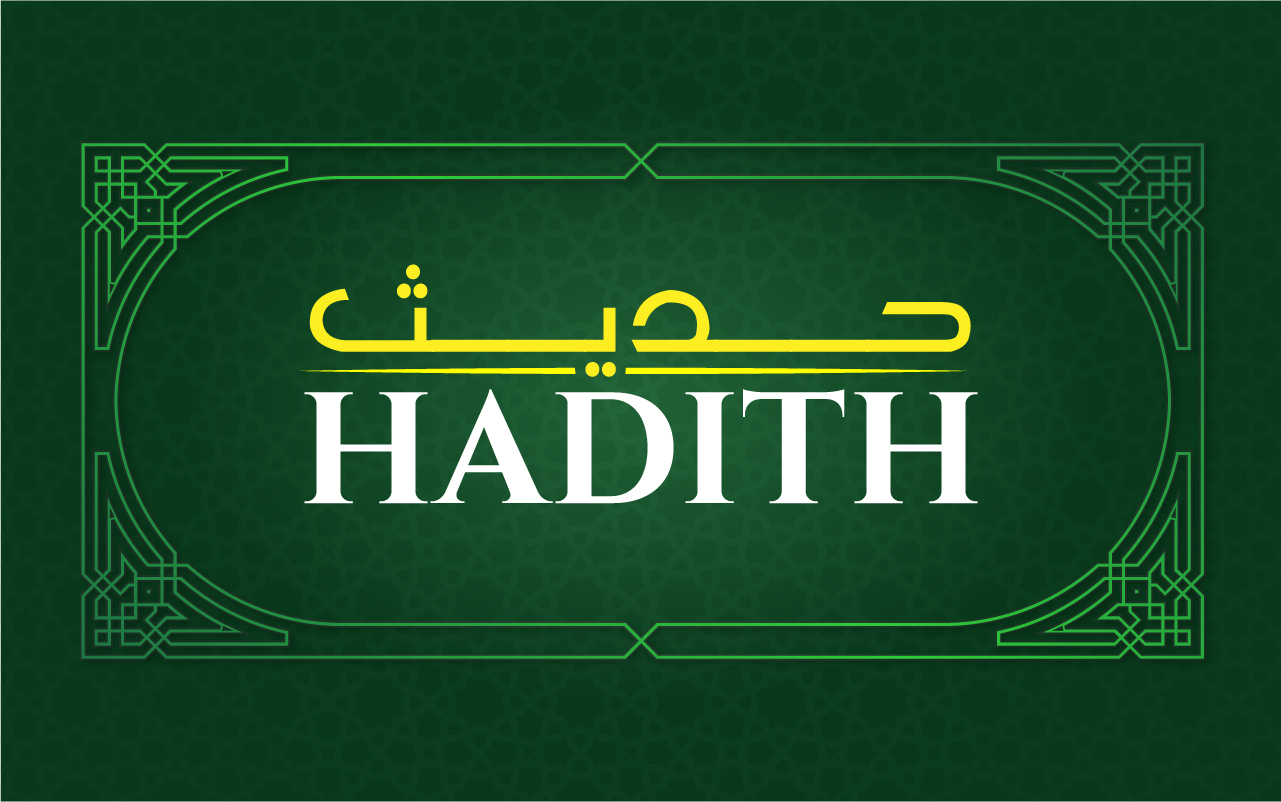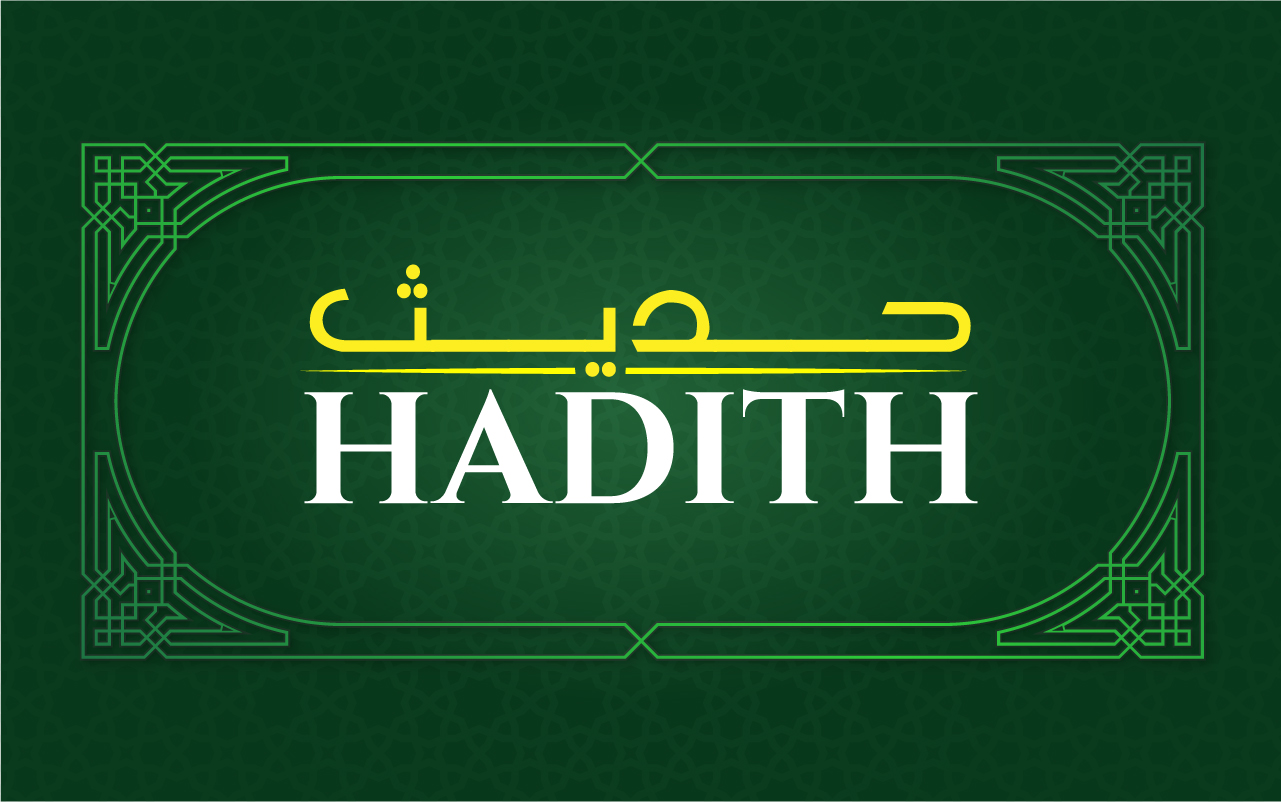What is Sahih al-Bukhari?
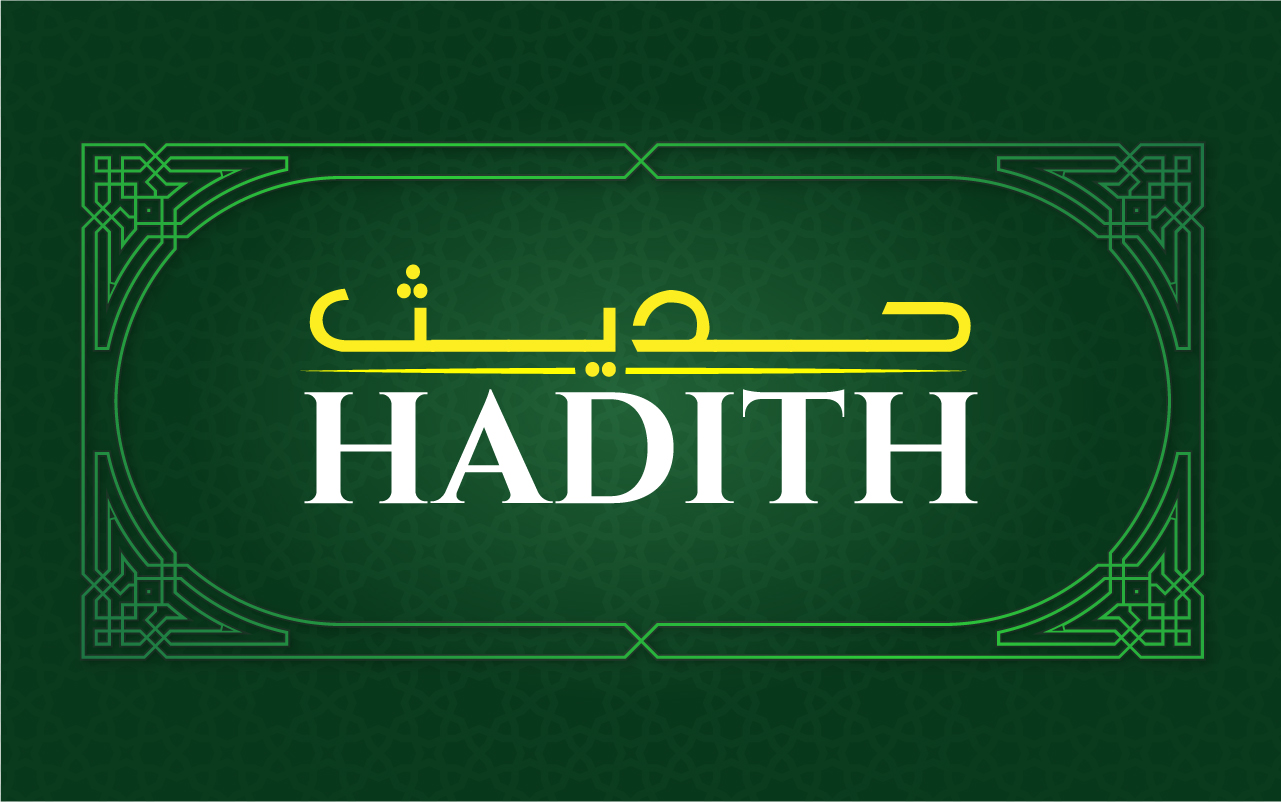
What is Sahih al-Bukhari?
Sahih al-Bukhari is one of the most revered collections of Hadith in Islam, compiled by the Islamic scholar Abu Abdullah Muhammad ibn Ismail al-Bukhari in the 9th century CE (approximately 810–870 CE). It holds a significant position among Sunni Muslims, who regard it as the most authentic collection of the sayings and actions of the Prophet Muhammad (peace be upon him).
Compilation Process
Al-Bukhari dedicated his life to gathering Hadiths, traveling extensively across the Islamic world, including regions such as Mecca, Medina, Egypt, and Iraq. His rigorous methodology involved scrutinizing the reliability of the narrators (isnad) and the content (matn) of each Hadith. He only included those Hadiths that met his strict criteria for authenticity. Out of the hundreds of thousands of Hadiths he encountered, he selected approximately 7,275, which includes repetitions. The core collection is often cited as containing around 2,600 unique Hadiths.
Structure and Content
Sahih al-Bukhari is organized into various books (kutub), each focusing on different aspects of Islamic life, law, and belief, such as prayer, fasting, pilgrimage, and ethics. The collection provides guidance on various issues, including rituals, morality, and social conduct, thereby serving as a critical reference for Islamic jurisprudence and daily practices.
Significance
Sahih al-Bukhari is often regarded as the most authentic Hadith collection, second only to the Quran in terms of religious authority. It is widely studied and referenced by scholars, imams, and students of Islam, providing insight into the teachings of the Prophet Muhammad (peace be upon him). The collection has played a crucial role in shaping Islamic thought, law, and ethics, making it an indispensable resource for Muslims seeking to understand and follow their faith more closely.
